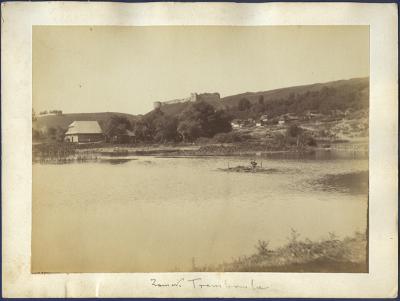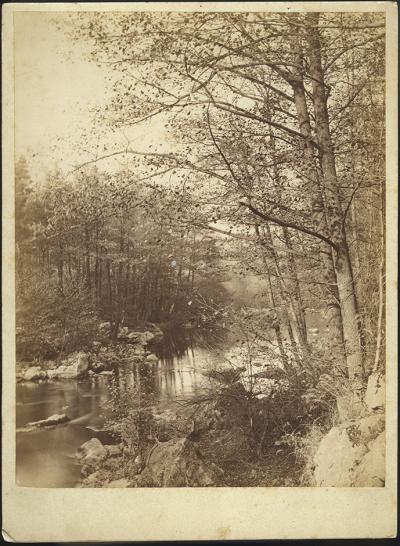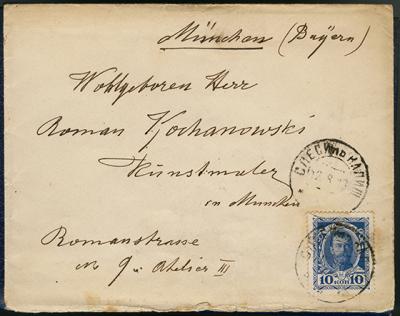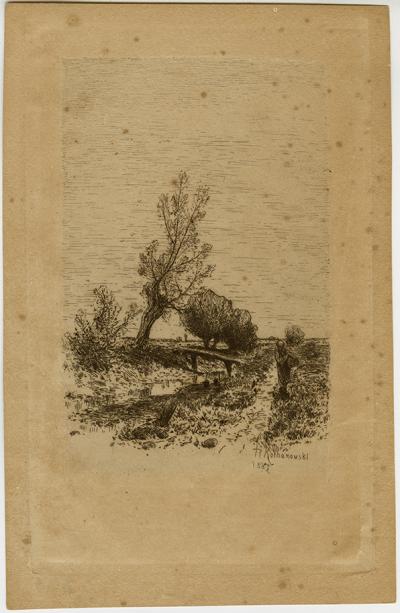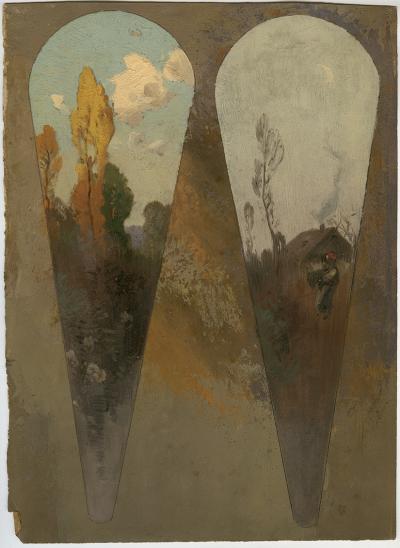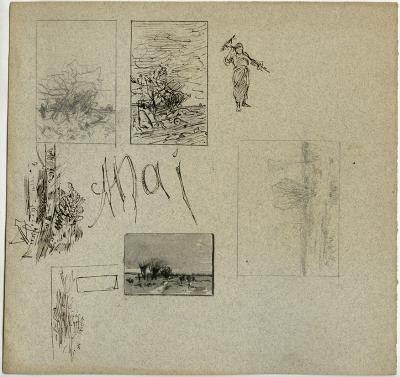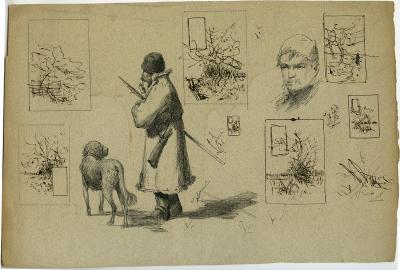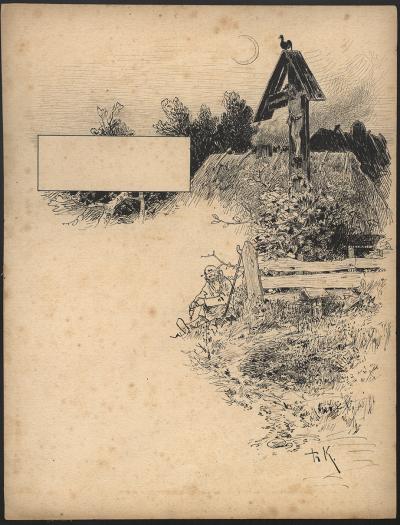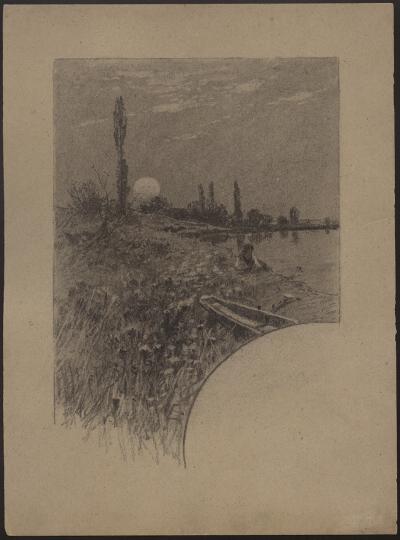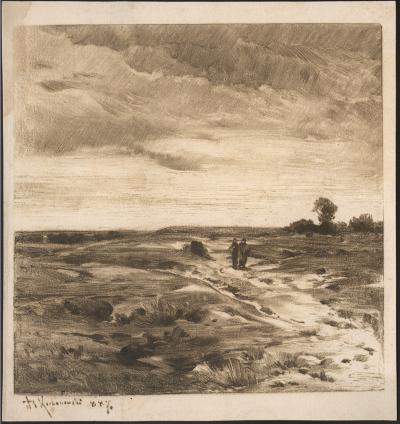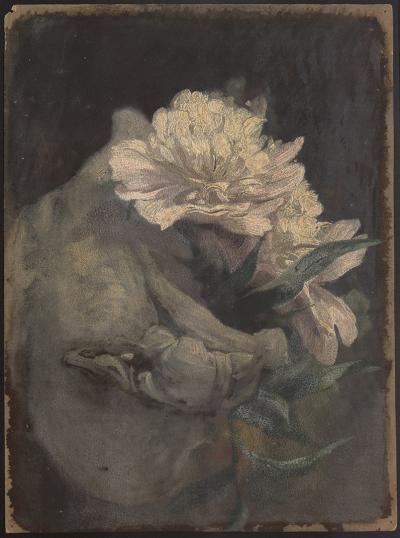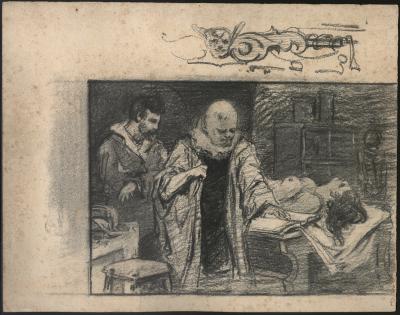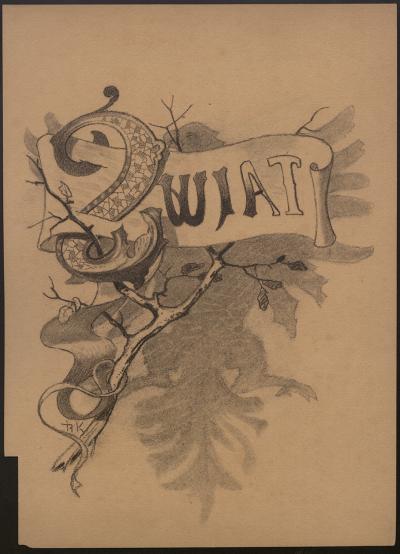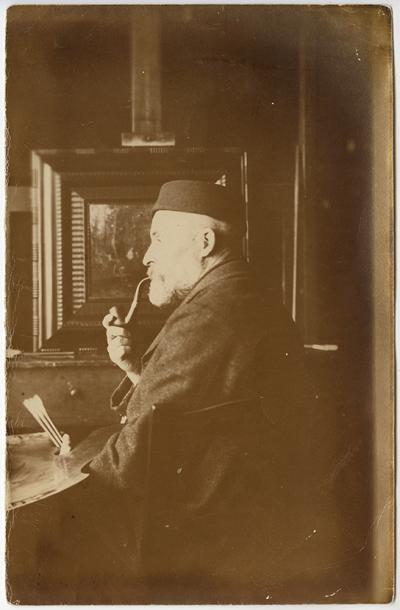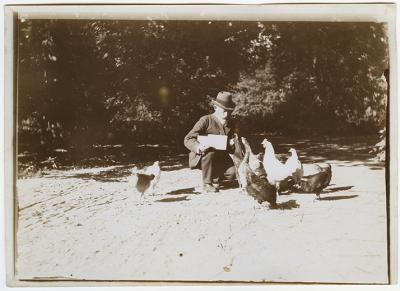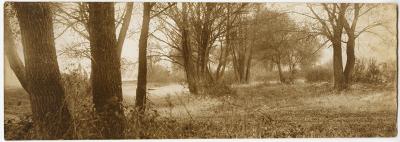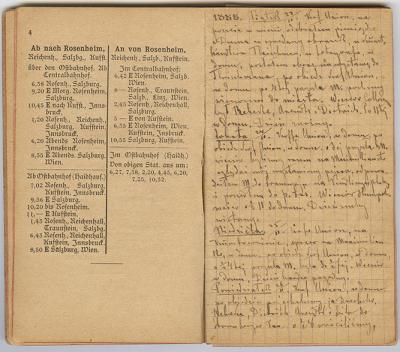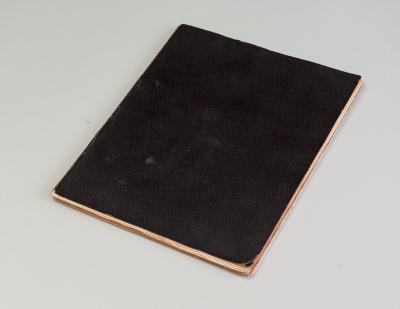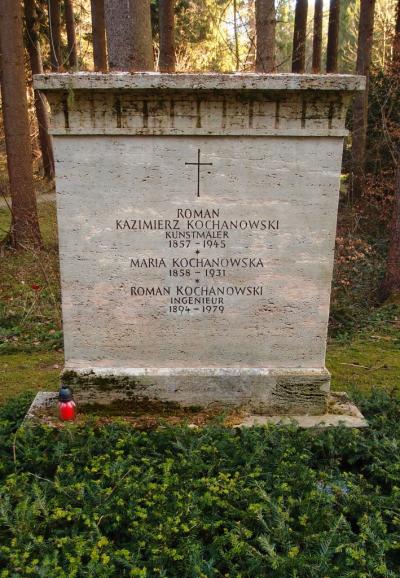Roman Kochanowski (1857-1945) - the last “Münchener” from Poland
Mediathek Sorted
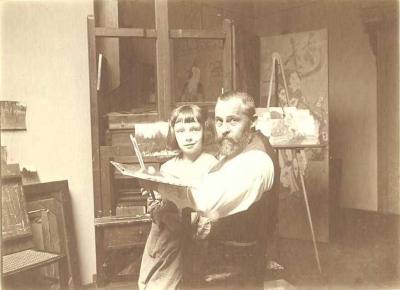
His pictures showed: “Meadows, muddy paths, game woods, thatched cottages, goose girls, grandmothers with bundles of collected brushwood. Woods, plantations, morning mists and sunsets.” [2] Hidden between mounds of musty magazines from the end of the 19th century and piles of books were all kinds of treasure chests with “Kraków smocks, ravaged by time, once white and brown, with faded, coloured collars and embroidery, Kraków belts with all kinds of brass fittings, brass buttons of former Polish regiments from the Duchy of Warsaw, from Congress Poland and perhaps also from the end of the Republic, red peaked Kraków caps, also known as Konfederatka, with lambskin edging – without peacock feathers, because they had already fallen off; and, in better condition, ladies’ coloured skirts, richly embroidered blouses, Kraków cloths in fresh colours of yesteryear.”[3] There were also letters, photos and sketch books that for years nobody had shown any interest in.
Roman Kochanowski was born on 28 February 1857 in Kraków, the son of a craftsman and property owner who was keen for his son to have an education. But when, as an adolescent, Roman chose to be an artist, his father did not stop him. In the grammar school, he had his first art lesson from Maksymilian Cercha, a man whose artistic passion was aroused by the Kraków of the time. [4] Roman then attended the School of Fine Arts (Szkoła Sztuk Pięknych), where he studied under Władysław Łuszczkiewicz and Henryk Grabiński. The friendship with the former and his shared interests with the latter, a landscape painter trained in Vienna, Munich and Paris, had a positive effect on the student. Roman Kochanowski felt vindicated in his decision to be an artist and continued his training at the Academy of Fine Arts in Vienna.[5]
[2] Wiktor Trościanko, Roman Kochanowski, Munich 1972, p. 6.
[3] Ibid.
[4] Maksymilian Cercha (1818–1907), painter and goldsmith, art teacher at schools in Kraków.
[5] At that time, Kraków was in the Austrian partitioned territories. As a result, the journey to Vienna did not cross any state borders. Although Vienna was the capital of the partitioning power that was Austria, the city was often chosen as a training centre.







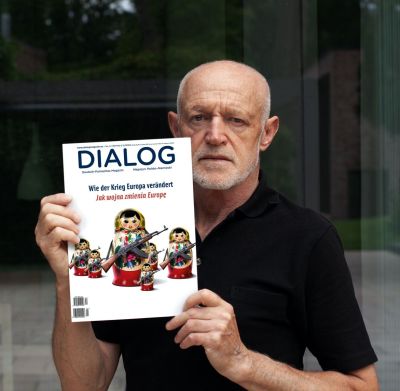
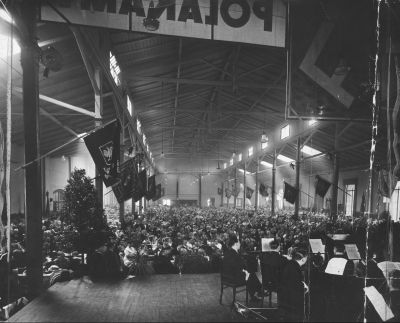

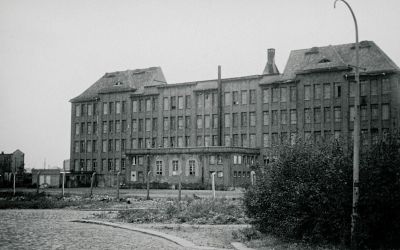



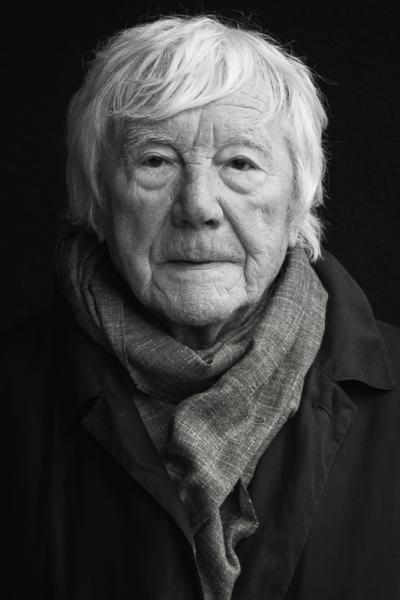

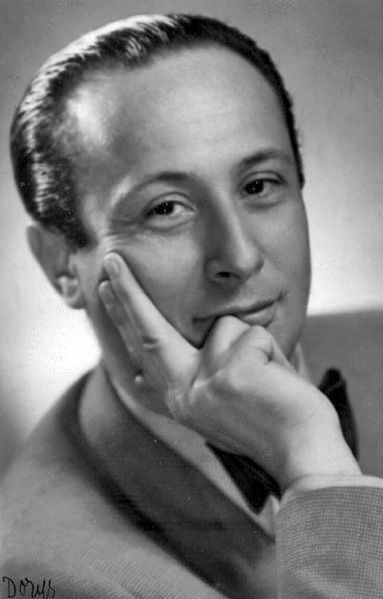

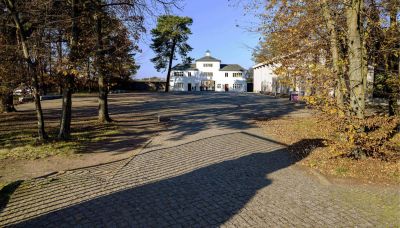

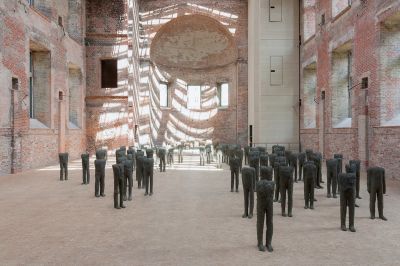

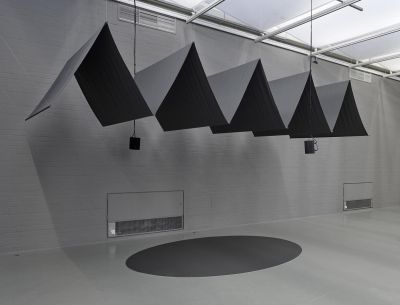
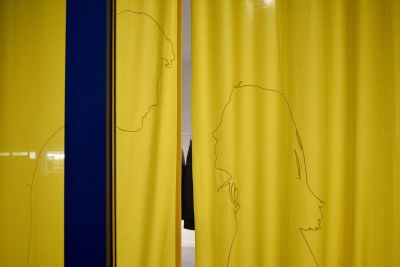
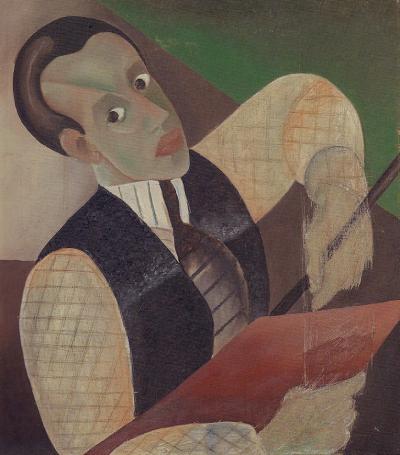

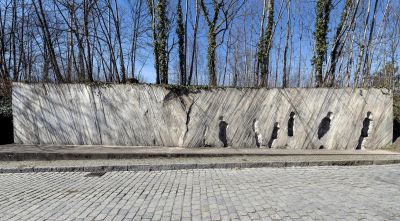
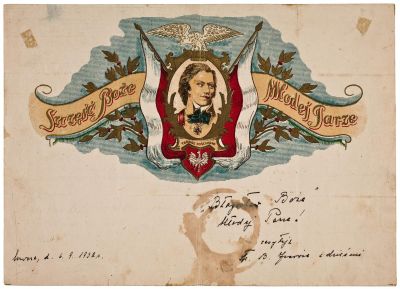








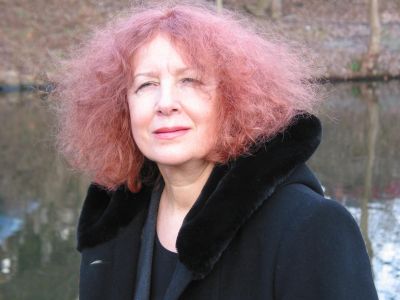
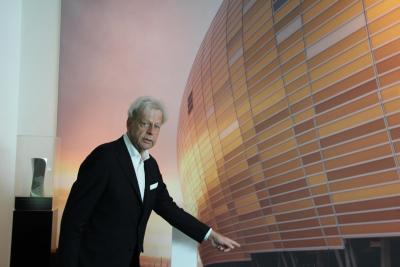



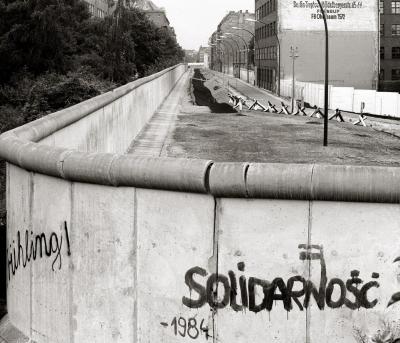
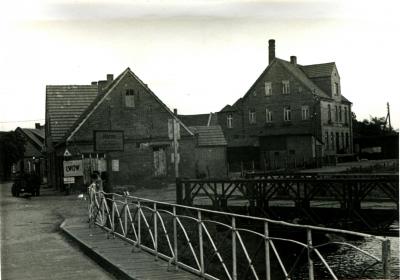
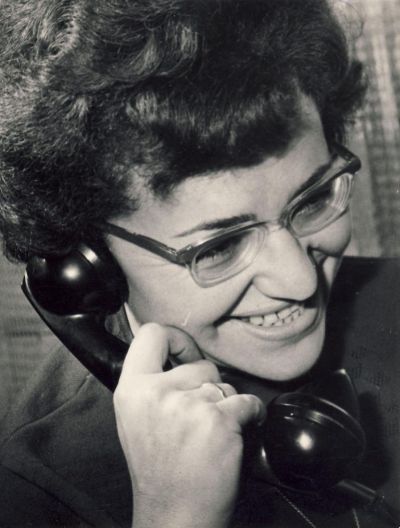





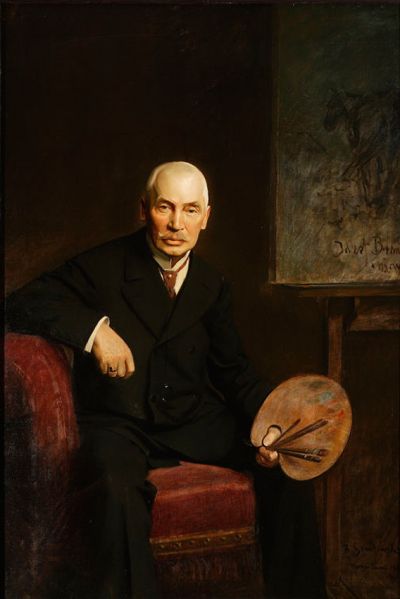
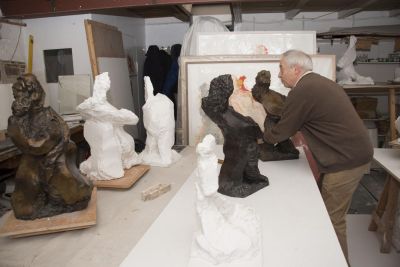

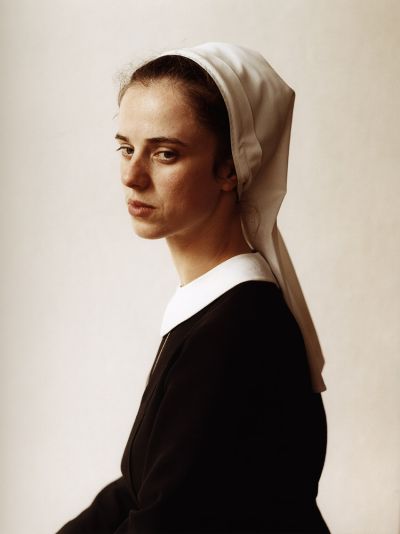
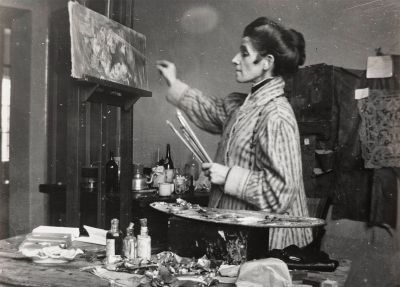




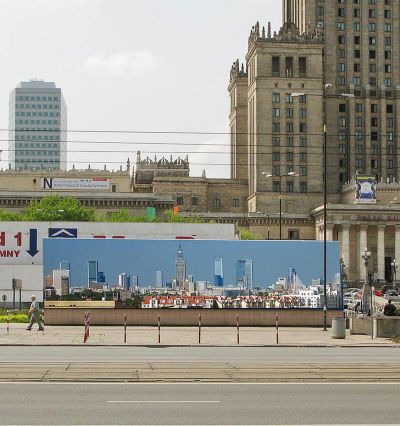
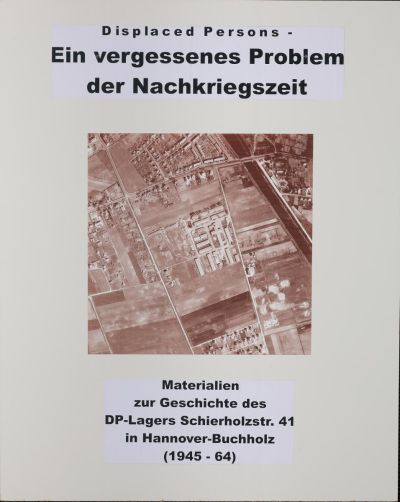

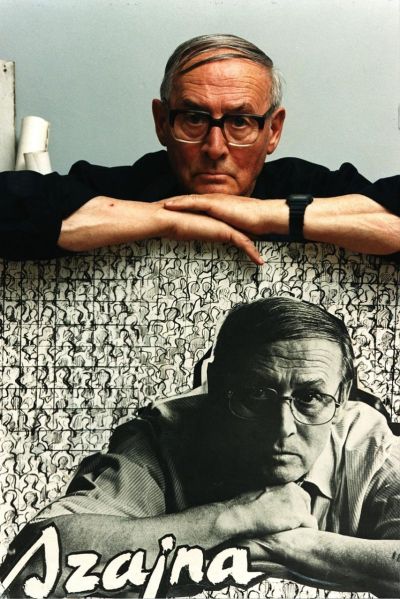



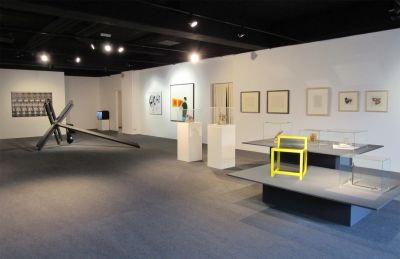

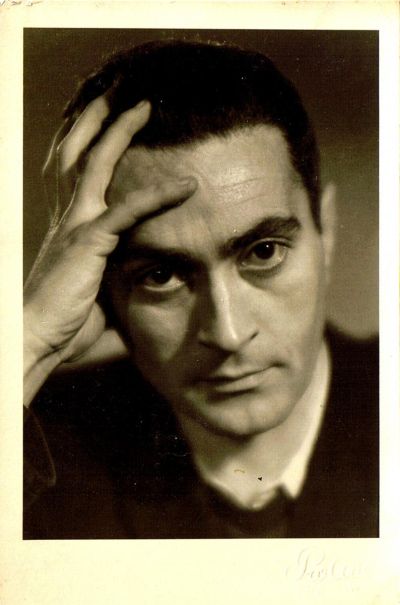
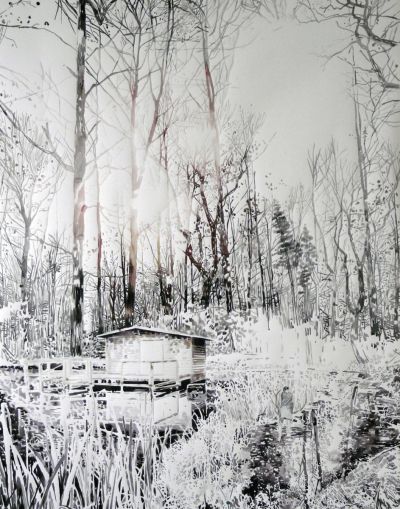

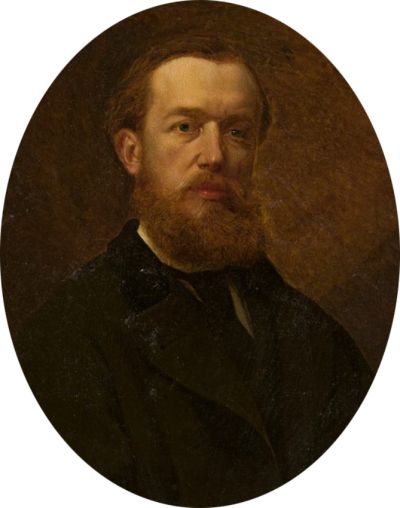



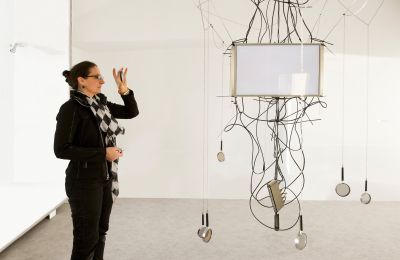

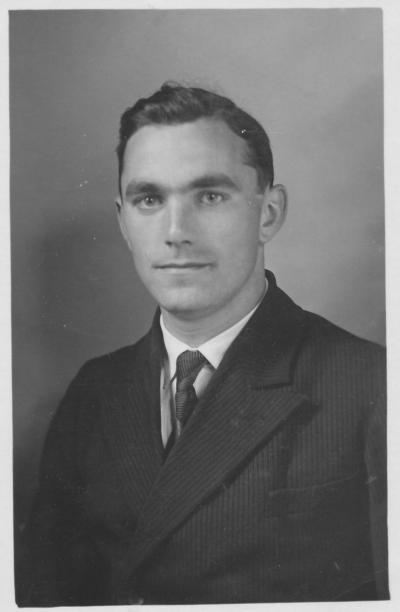




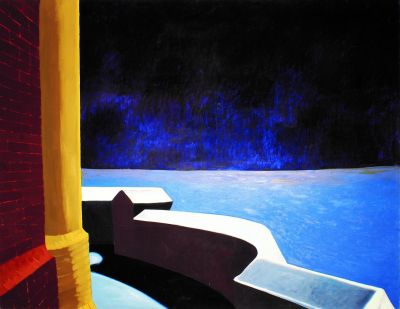
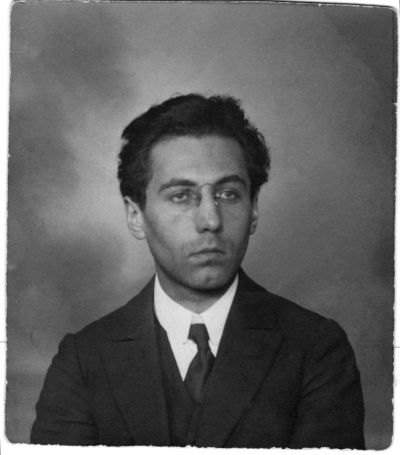
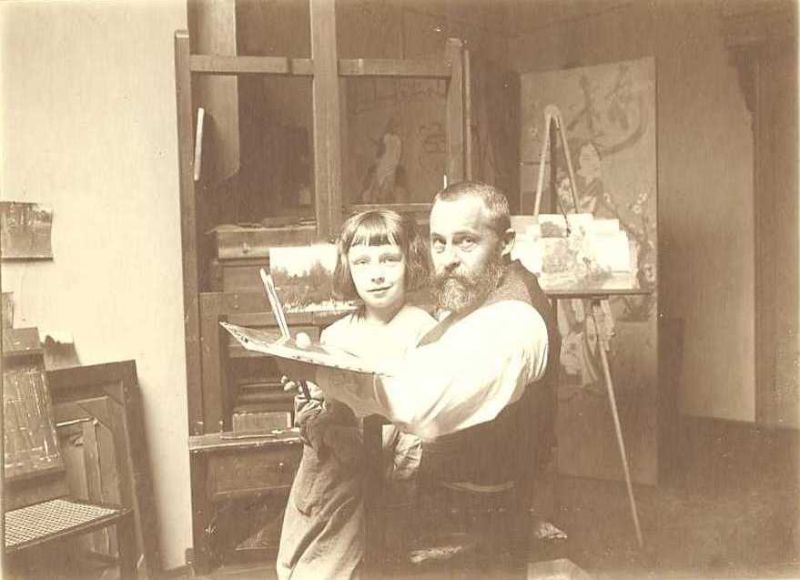
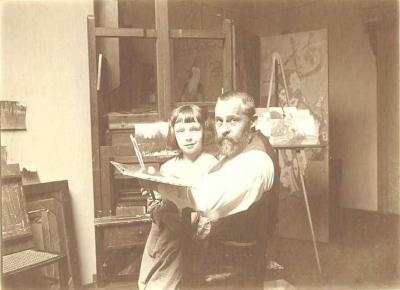
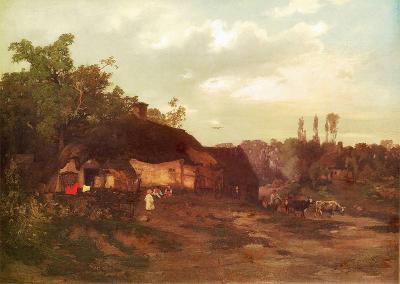
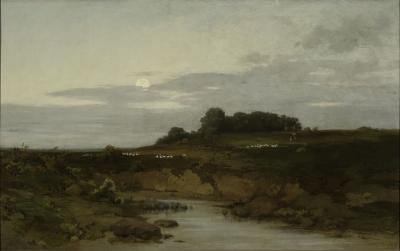
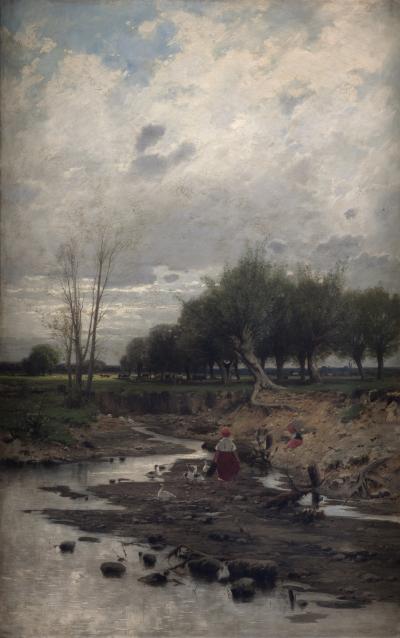
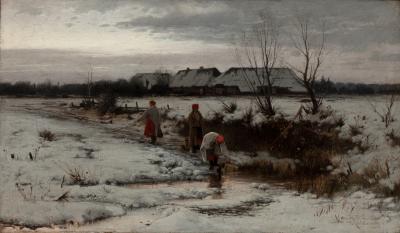
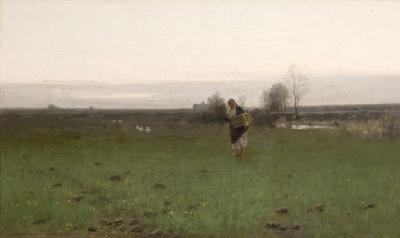
![Roman Kochanowski, Dorflandschaft [in winter] Roman Kochanowski, Dorflandschaft [in winter] - Roman Kochanowski, Dorflandschaft [im Winter], 1896, oil on paper, 102 x 29 cm](/sites/default/files/styles/width_100_tiles/public/assets/images/6.%20koch-1_R.%20Kochanowski%2C%20Pejzaz%CC%87%20wiejski%2C%20olej%2C%20papier%2C%2029x102%20cm.jpg?itok=hOUiRVi4)
![Roman Kochanowski, Dorflandschaft [mit Weiden] Roman Kochanowski, Dorflandschaft [mit Weiden] - Roman Kochanowski, Dorflandschaft [mit Weiden], 1896, oil on paper, 17.7 x 23 cm](/sites/default/files/styles/width_100_tiles/public/assets/images/7.%20koch-2_R.%20Kochanowski%2C%20Pejzaz%CC%87%20wiejski%2C%20olej%2C%20papier%2C%2017%2C7x23%20cm.jpg?itok=X_2aOKBz)
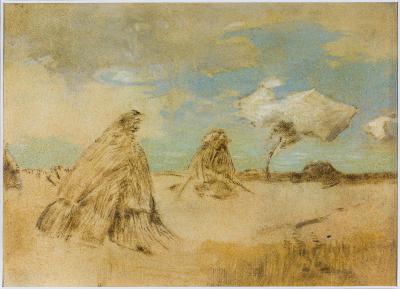
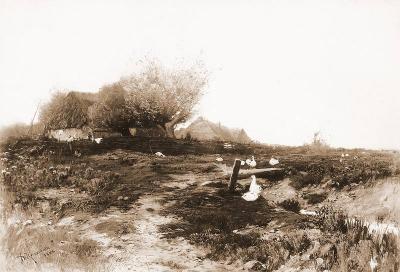
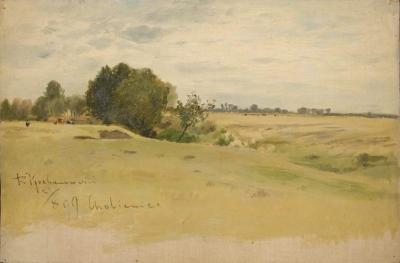
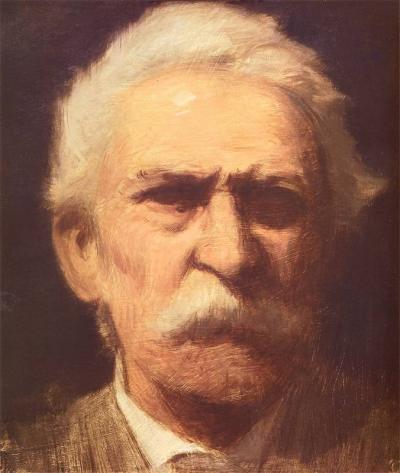
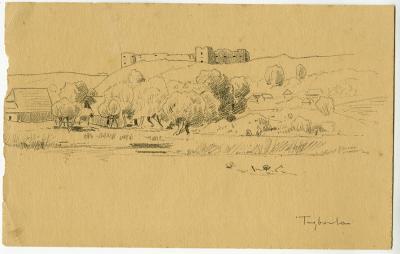
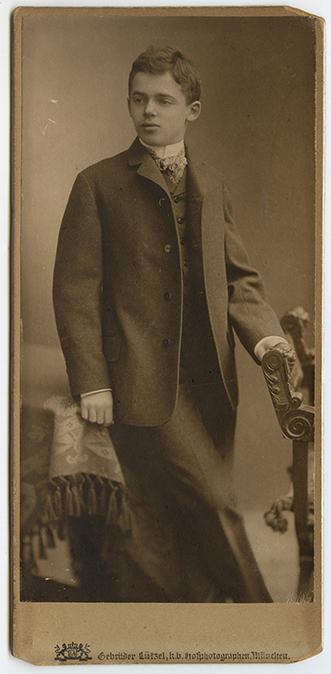
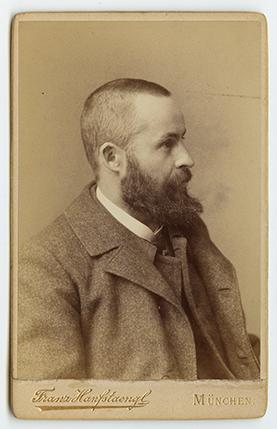
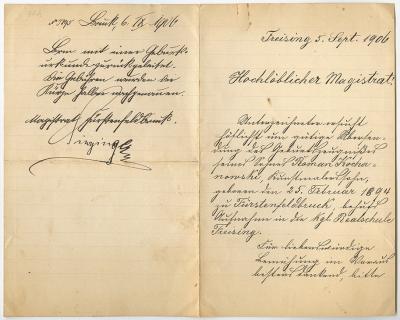
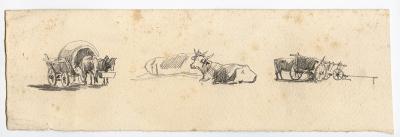
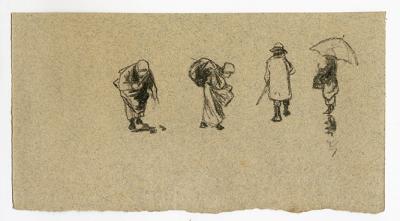
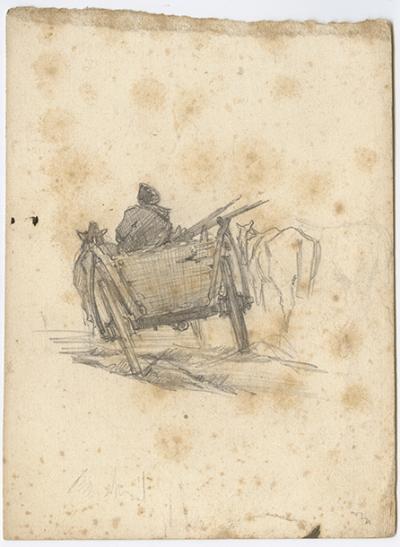
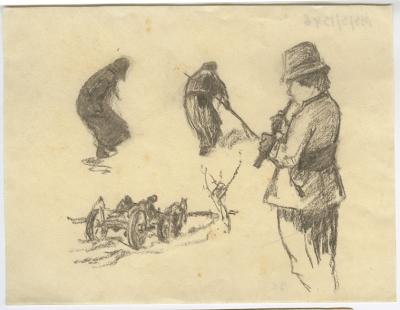
![Roman Kochanowski, Engelsberg [Bavaria] Roman Kochanowski, Engelsberg [Bavaria] - Roman Kochanowski, Engelsberg [Bavaria], photo, photographic paper on board, 14.5 x 19.5 cm](/sites/default/files/styles/width_100_tiles/public/assets/images/009%20fot%201ms-s-1035-18%20view.jpg?itok=Yramc6Ij)
![Roman Kochanowski, Wieliczka [near Kraków] Roman Kochanowski, Wieliczka [near Kraków] - Roman Kochanowski, Wieliczka [near Kraków], photo, photographic paper on board, 14.5 x 19.5 cm](/sites/default/files/styles/width_100_tiles/public/assets/images/010%20fot%20R.%20Kochanoskiego%2C%20Panorama%20Wieliczki.jpg?itok=19YPFxaN)
